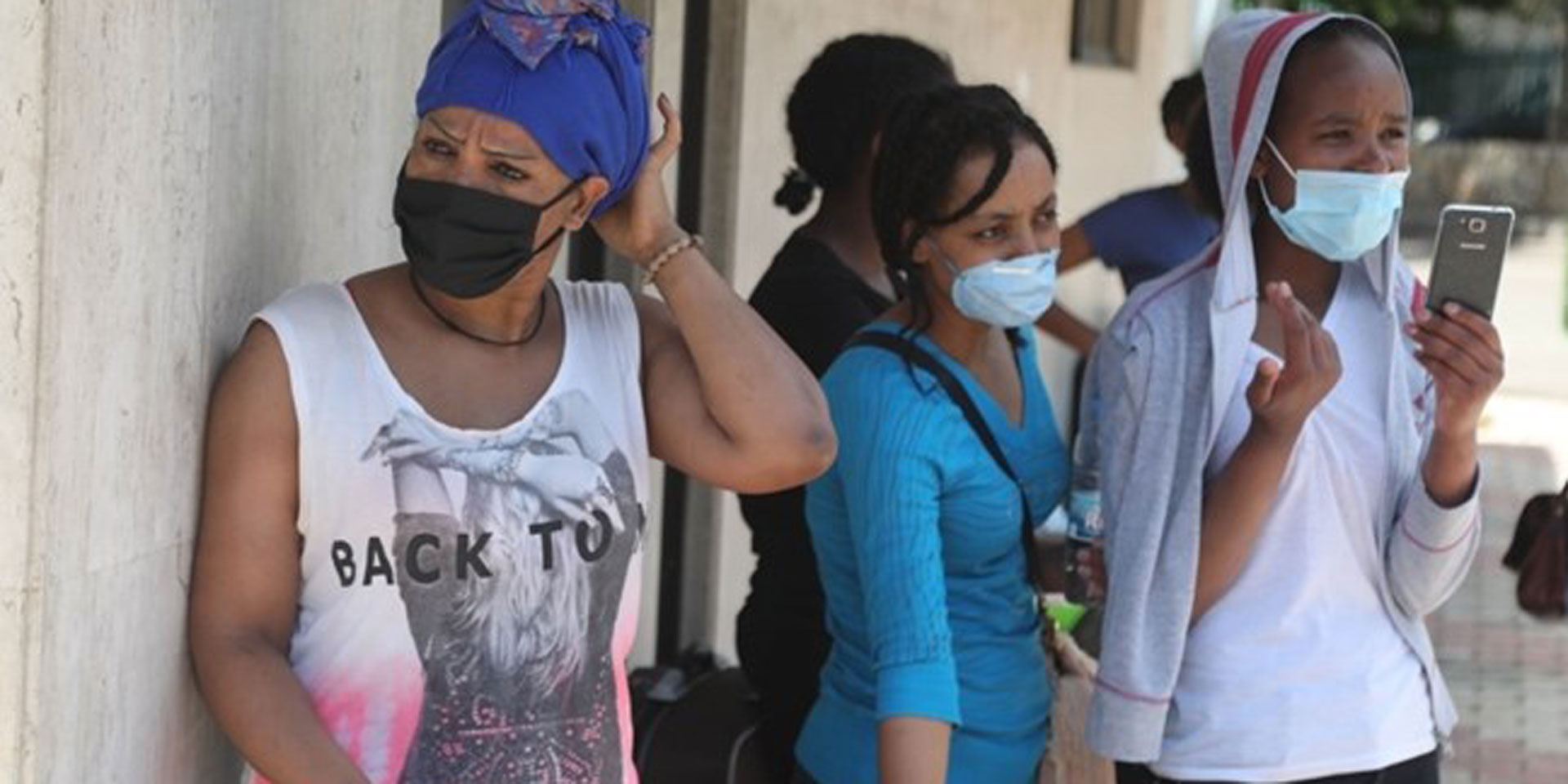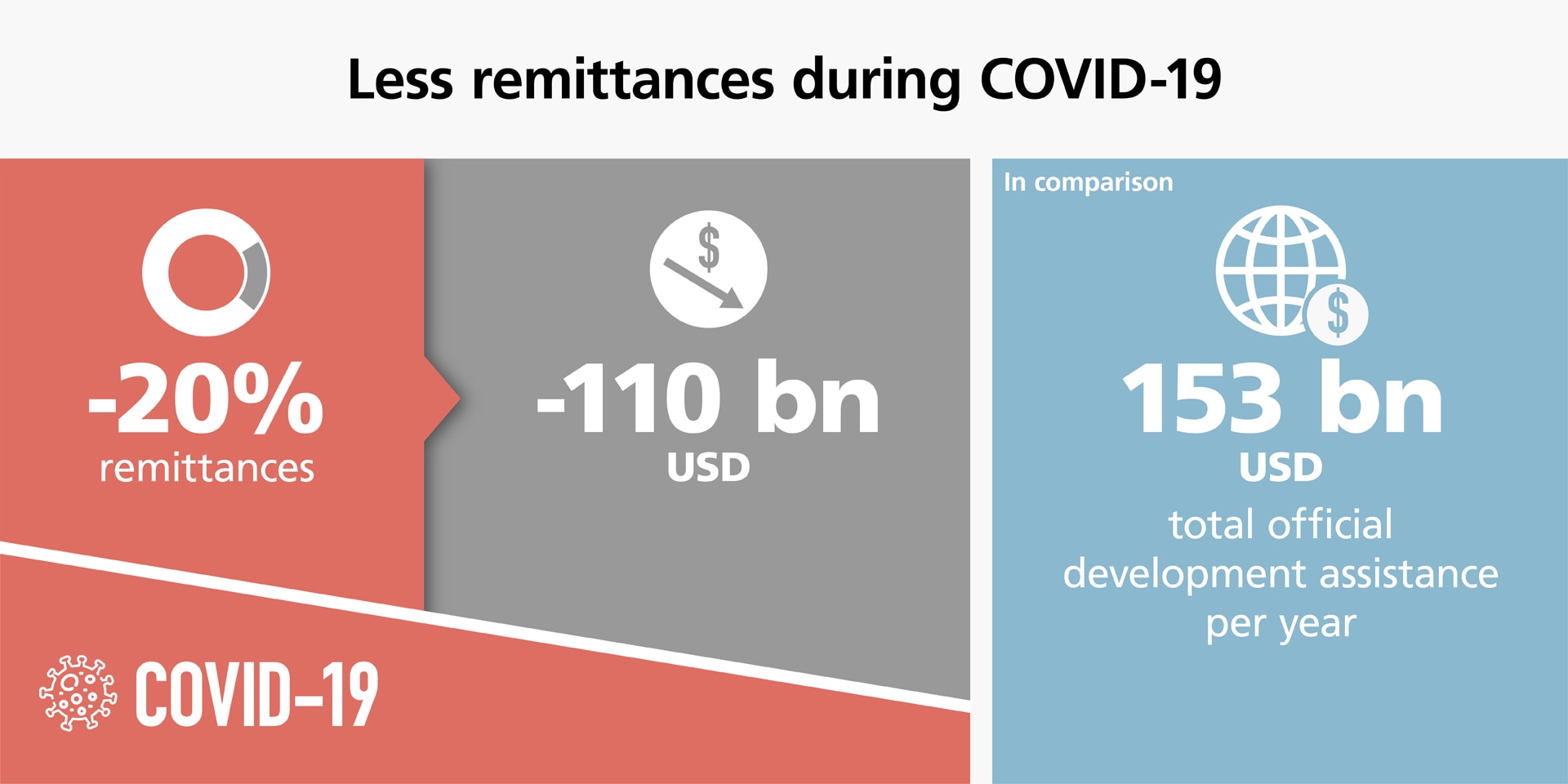Can you give us an example to illustrate how Switzerland promotes the prevention, protection and integration of migrants in countries of origin, and how it is improving economic and social prospects at the local level?
Through its protection and relief measures, an SDC (Swiss Humanitarian Aid) project in the Middle East is helping to ensure that births and marriages of Syrian refugees living in Jordan are registered. This provides refugees with access to education and health services, and better protects them from the risks of family separation, statelessness and exploitation.
In terms of integration at the local level, in the Kakuma refugee camp in northern Kenya, for example, young refugees and young Kenyans are taught technical, financial and literacy skills. This increases their chances of earning their own livelihood and potentially reduces their dependence on humanitarian aid.
In terms of longer-term prospects, the SDC is working hard in the Western Balkans with a focus on vocational education and training, employment services and the creation of jobs. This interplay is key to ensuring that young people find decent, permanent jobs. Over 200,000 young people have gained access to vocational education and training since 2017, and found employment as a result.



.jpg)

